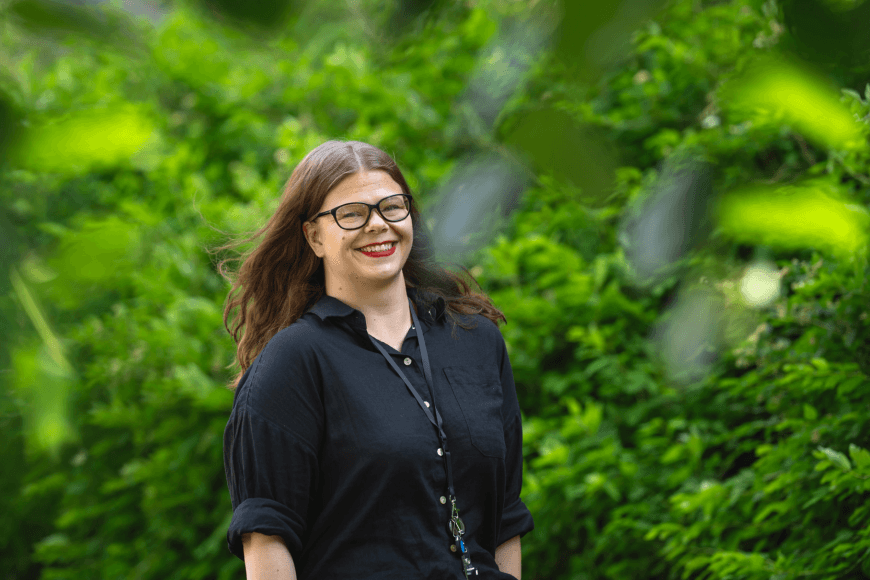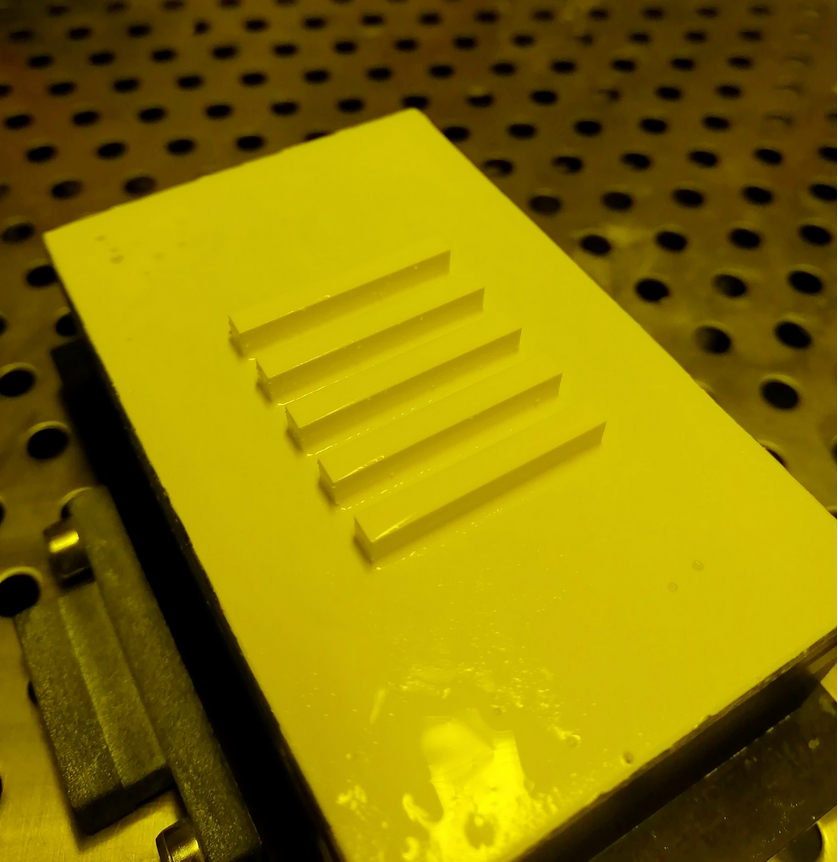Ground-breaking research for the manufacture of dental implants

Currently, dental implants and crowns are milled to their unique shape required by the patient. The implants are made milled out of a material cube, of which up to 95% end up as waste.
"It's a bad thing because the material costs money and waste is waste and we try to avoid it. As an alternative, we can use 3D printing, where there is less waste", says Nurmi.
"The method we use is called stereolithography. We use 3D-printed plastic with ceramic powder in it. Then we have to burn off the plastic and we have to do it very slowly because otherwise, the piece will crack very easily."
The burning process may take up to a week. And that is way too long if these kinds of implants should be produced more economically. As a solution to this, there is Nurmi’s Master's thesis, in which a faster burning process was studied.
"To make the burning process faster we can dissolve a part of those plastics with carbon dioxide."
The sample or the 3D printed specimen is placed into a chamber where the temperature is risen and it is pressurized. In this way, the carbon dioxide turns supercritical and gets characteristics of a fluid and gas, and therefore is able to penetrate solid structures dissolving certain substances.
"The supercritical carbon dioxide leaves the specimen with nano-sized porosity so that the rest of the plastics burn away more easily without breaking the implant or the crown."
Multidisciplinary learning
The research is done in the CerAM co-innovation project targeting a fast, reliable, and flexible manufacturing process for ceramic materials.
According to Nurmi, it has been very rewarding to be able to specialize in so many different topics like polymers, ceramics, chemistry and physics, and 3D printing – and then combining all this!
"In addition, getting to have good conversations with Professor Erkki Levänen and Academy Postdoctoral Researcher Erkka Frankberg. I’ve also been enjoying getting to know all the good literature on the topic."
Nurmi is also very thankful for the good atmosphere and great observations and shared perspectives shared by the companies.
"The CerAM participants have been very friendly. There’s been great brainstorming and it’s nice to be able to share the research results with good confidence."
According to Nurmi the research group in CerAM will carry on researching the subject until the best way to 3D print small parts like teeth and crowns is found. As she finished her Master’s thesis she will now proceed with a doctoral studies on the topic.
As a matter of fact, she spoke in the beginning of July at ECerS conference in Lyon, in the Clinical Applications of Ceramics and Technologies in Dentistry satellite symposium, about her first scientifical article, which is based on her Master’s thesis. A Shen-Kosmač speech contest inviting your researchers to orally present their work was organized in the memory of James Zhijian Shenin and Tomaž Kosmač, who recently passed away. The 1st prize of the contest was granted to Nurmi.
See Nurmi’s Master’s thesis work here.
Read more at Tampere University website.
Photo & Text
Nea Alanen, Tamlink






